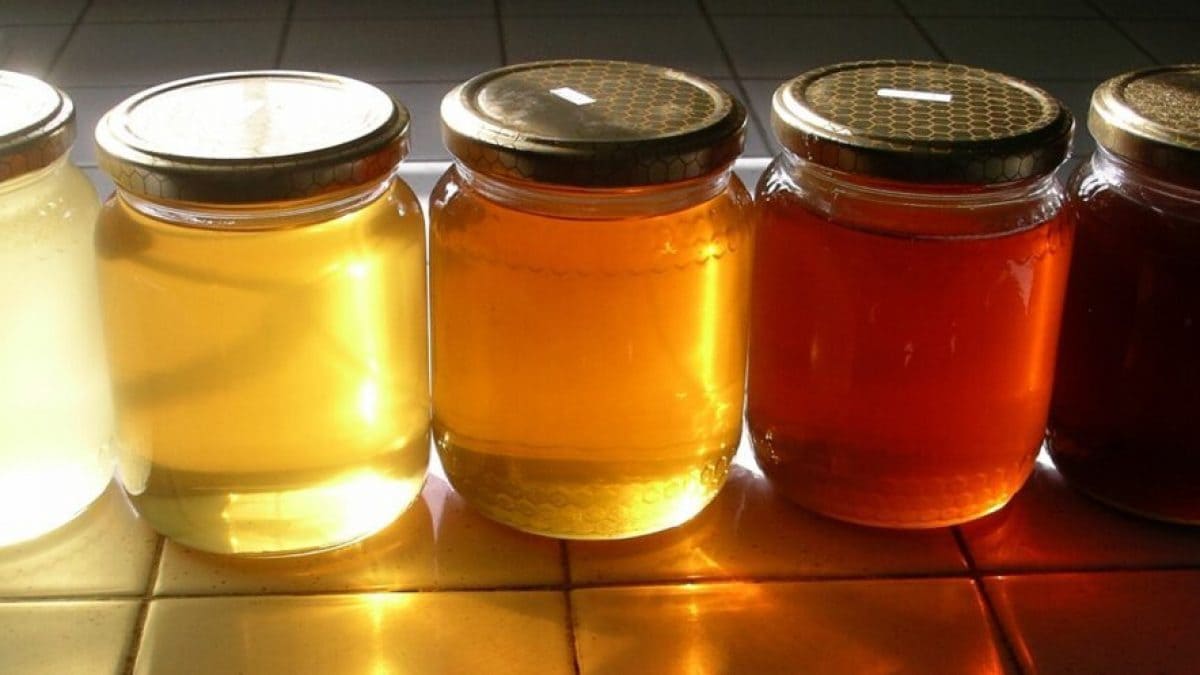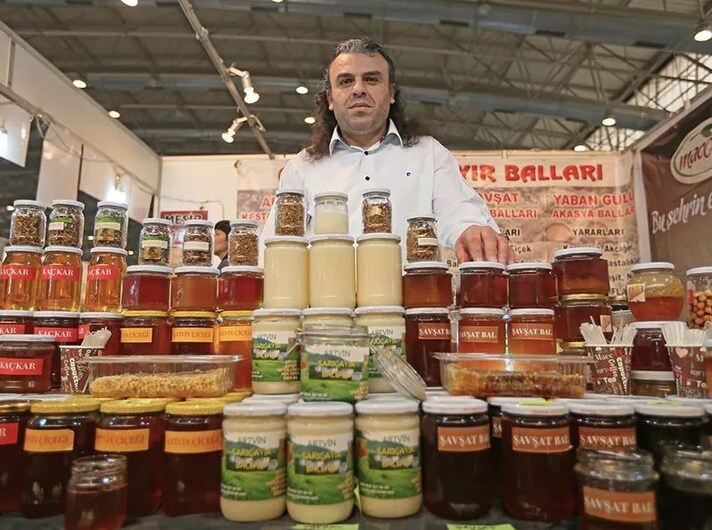
Since ancient times, honey has been one of humanity's most precious foods. Used since 300 BC, the sweet nectar produced by bees has become the most popular sweetener over the centuries, as well as a veritable ingredient in delicious recipes, both sweet and savory. There are many different types of honey, but only one holds the title of the world's most expensive and rarest: Elven Honey, from Turkey. It is completely natural, and its quality is so unique that it has reached a truly exorbitant price per jar.
How Much Does Elven Honey Cost and Why?
Its name evokes legends and fairy tales, and indeed its very history seems a bit like a fairy tale. Peri Bali, this is its Turkish name, which literally means “fairy honey,” was discovered completely by accident by a Turkish beekeeper. It was 2009 when Günay Gündüz happened to be in the Saricayir Valley, precisely near the city of Artvin, in northeastern Turkey. During a walk, he noticed that many more bees were entering and exiting a rocky cave than is considered normal in such a barren, mountainous area. Intrigued, he asked for the help of some mountaineers – the cave is located at almost 2,000 meters above sea level – with whom he lowered himself into the cavity, and to his surprise: he found it full of what appeared to be crystallized honey.
To be certain, Günay Gündüz took his incredible discovery to a laboratory for analysis, and the results were nothing short of surprising: the technicians estimated that it was 18 kg of honey in a solid state, stratified over approximately 7 years and rich in a series of rare minerals absorbed over time by the cave rock.
Günay Gündüz, incredulous, decides to market this incredible discovery, renaming it Elven Honey in honor of the fairytale-like circumstances in which it grew and was discovered. And the market goes wild. Its flavor and characteristics are so exquisite that it is valued at 47,000 dollars per kg, and legend has it that the first kg was purchased by the very laboratory that analyzed it. Today, the price has dropped: Elven Honey costs "only" 7,000 dollars per kg, but it is still highly prized, extremely rare, and almost impossible to find anywhere except locally from the producer.

Elven Honey's Characteristics
But what makes Elven Honey so prized, and therefore so expensive? It's all due to the incredible location where it's extracted, which gives it unique substances and also makes it extremely difficult to extract. Elven Honey is produced completely naturally, without beehives inside the cave where it was discovered, which profoundly influences the product's flavor and properties: the climate, the minerals in the rock, and the wild plants that grow in the area impart their mineral and nutritional properties to the honey, which becomes rich in elements such as potassium, magnesium, and vitamin C.
Furthermore, since it is a rugged mountainous territory and a real cave in the mountains, the extraction of Elven Honey requires the use of expert equipment and workers, which only increases the cost of an already extremely rare product with properties different from all other honeys.

Elven Honey in The Kitchen: Taste and Consume the "Nectar of The Gods"
According to its discoverer and producer, Elven Honey can be used as a natural medicine due to its many properties, but also and above all as an ingredient in cooking.
It has a very dense consistency and an overall golden color, which can vary depending on the processing and age of the extracted honey. Its flavor is very aromatic and strong, given the total absence of additives or colorants of any kind: a 100% natural honey with an intense flavor and so good that it has been nicknamed "nectar of the gods."
It's a shame that so few have ever tasted it, and that, at the moment, Elven Honey is practically inaccessible, both due to its cost and the extremely small quantities it is produced in. We're just waiting for the day this delicacy can be sold globally, so we can enjoy Elven Honey in all its goodness, perhaps paired with other gastronomic super-luxuries like Serbian Pule cheese or Spanish Dehesa Maladua ham.
;Resize,width=767;)
